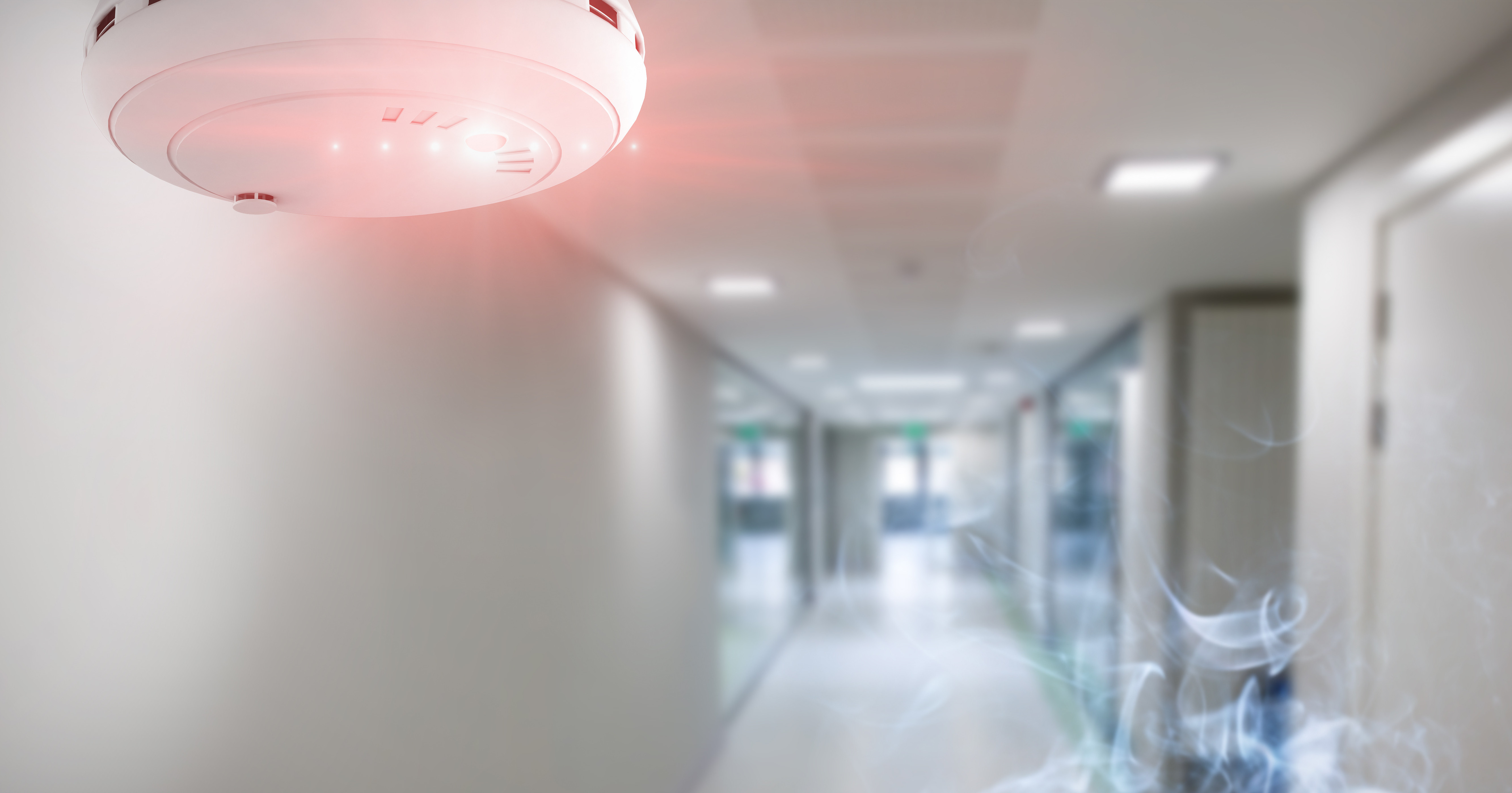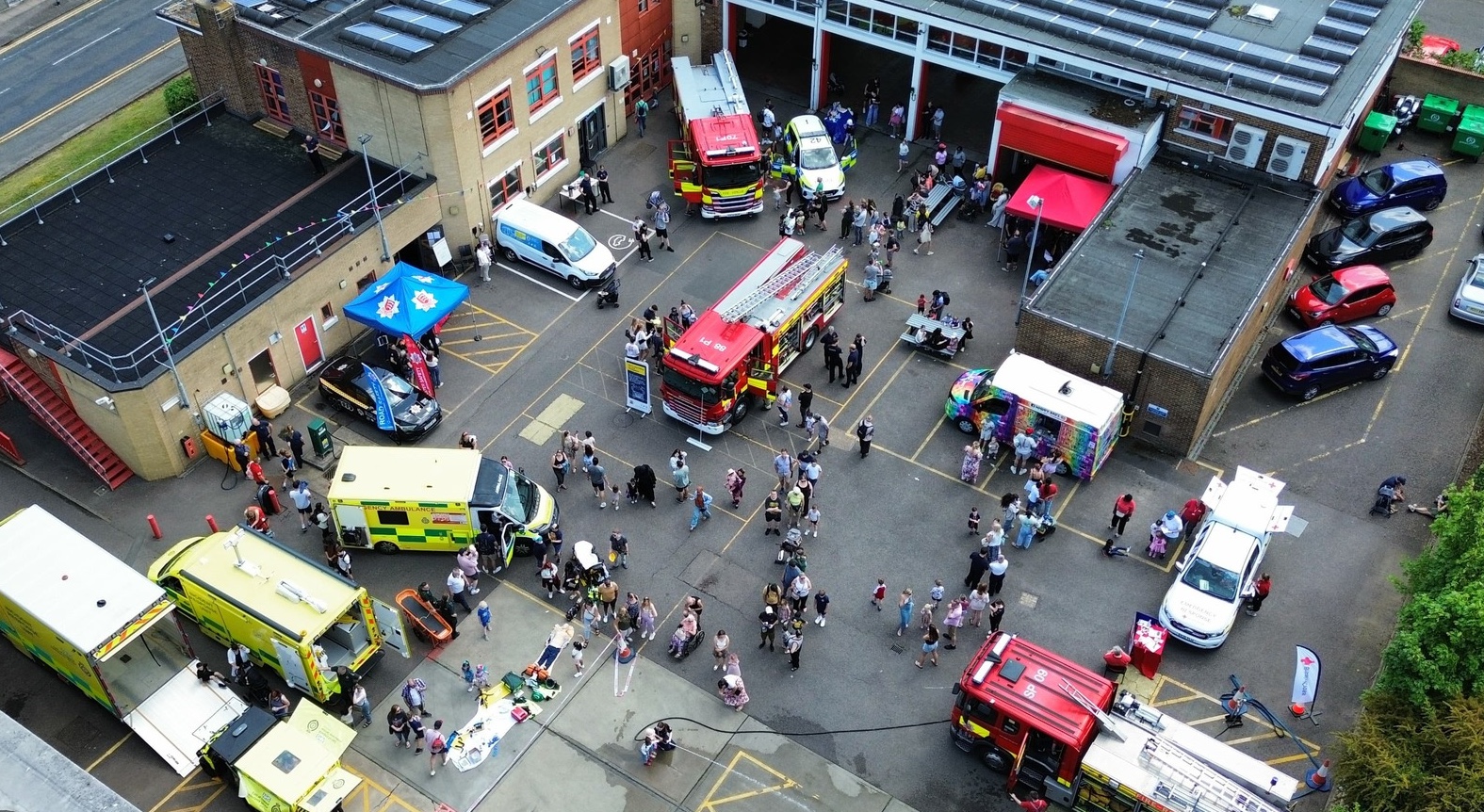
Unwanted Fire Signals
Automatic Fire Alarm Systems provide an early warning of fire and are one of the most effective ways to keep your business, staff and customers safe in the event of a fire.
Unfortunately, most signals from these systems are not actual fires, they are false alarms often caused by cooking fumes, dust, smoking/vaping or a lack of maintenance. These unwanted fire signals mean our firefighters are called out unnecessarily and means that they're tied up and unavailable to respond to real emergencies.
While we fully support the installation of automatic fire alarm systems, these systems must be fully managed and maintained to reduce false alarms and ensure that they activate at the right time and achieve the correct response.
The impact of unwanted fire signals;
The Business
- Lost production time while the premises are evacuated.
- Occupant complacency can occur if there are frequent false alarms. Therefore, persons within the building are less likely to react as quickly as they should to a fire alarm, creating more risk to individuals.
Wider Community
- Environmental damage due to unnecessary appliance movements. Depending on the property type and our pre-determined attendance (established through the level of risk), five appliances could be mobilised to a single UwFS. Beyond that, in order to maintain our attendance time requirements, other appliances are mobilised to strategic positions around Essex so that, in the event of another incident, ECFRS are able to attend as quickly as possible.
- Every year there are hundreds of blue light movements that were not required. This puts firefighters, other road users and pedestrians at increased risk.
- While in attendance at UwFS, ECFRS appliances are unavailable to attend genuine incidents.
- It is estimated that the total cost of false alarms to UK businesses is over £1 billion a year as well as disruption to workforce, customers, productivity and reputation.
Impact on our fire service
- There is a huge cost in resourcing fire services to cope with the high demand from UwFS while maintaining sufficient availability to attend genuine emergencies
- Our firefighters spend time in the community proactively reducing the risk of fires occurring in both businesses and private homes. UwFS interrupt these essential activities from happening.
- Operational crews miss valuable training time when attending these types of incidents.
- A large part of our work is about keeping firefighters safe. To assist in this, operational crews carry out information gathering visits to businesses across Essex to help us deal with individual incidents safely and efficiently. UwFS create a barrier to this through creating missed appointments.
As a business owner or manager, you have a responsibility to maintain the fire alarm facilities and equipment. Failure to reduce your false alarms may result in legal enforcement action.
Video: Reducing false alarms in the workplace
There is a false alarm in the UK every two minutes. The National Fire Chiefs Council have produced this video to tell you how they most commonly happen and what you can do to reduce them.
Does your business experience re-occuring unwanted fire signals?
Essex County Fire and Rescue Service's Business Engagement Team is available to provide support, advice and guidance to any Essex business experiencing recurrent false alarms.
Please email: business.safety@essex-fire.gov.uk


